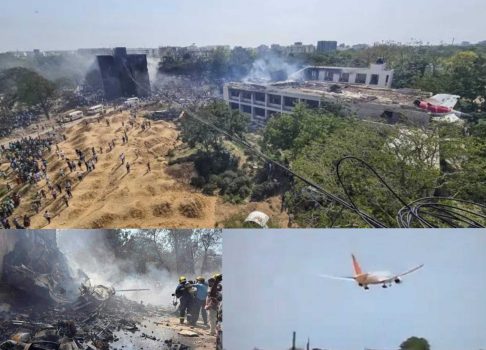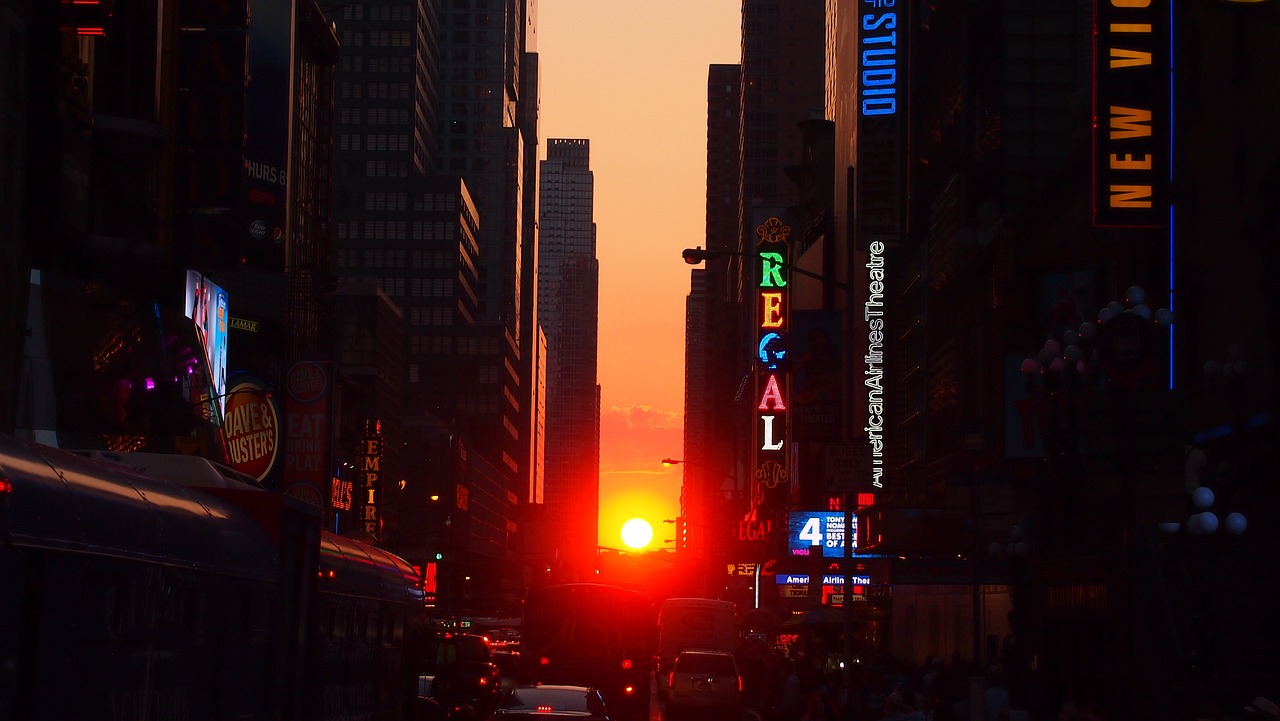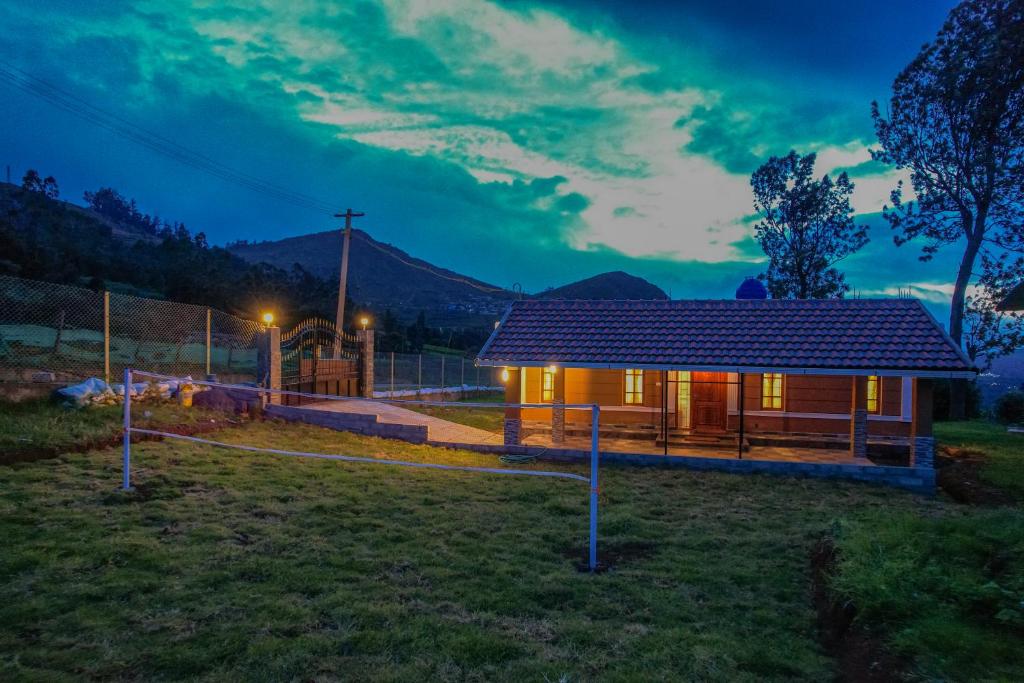 Pin
Pin Image from web
A Boeing 787-8 Dreamliner rolled off runway 23 at Sardar Vallabhbhai Patel International Airport in Ahmedabad on 12 June 2025. Seconds after liftoff it dropped toward nearby Bavla village, bursting into a fireball that lit up the afternoon sky. Residents sprinted through dust and wreckage, recording the horror on shaking phones.
News cycles stamped the tragedy the Ahmedabad plane crash, and the figures were brutal: 242 people aboard, 241 confirmed dead, one British traveler dragged out breathing. Air India’s midnight statement fixed the toll and pledged counseling, flights for families, and a transparent probe into what brought their newest wide-body down.
At first light crash investigators painted neon tags on twisted spars and started mapping a debris trail that stretched half a kilometer. Primary radar shows a stall after passing 625 ft; the cockpit voice recorder captures alarms, a sharp yoke pull, then abrupt silence. Experts suspect lift loss during rotation, though final findings could take months. For now, every clue sits in sealed hangars under round-the-clock guard awaiting study.
Table of Contents
Survivor’s Instant Reality
The Ahmedabad plane crash left one man defying all odds. Vishwash Kumar Ramesh, 40, was seated in 11A, an emergency-exit zone. In those harrowing thirty seconds after takeoff, he felt a sharp jolt and heard a thunderous boom. The plane pitched low—about 600–700 feet high—before it erupted in flames upon impact with a medical-college building. He later told reporters he “stood up and ran… pieces of the plane were everywhere” as stunned rescuers pulled him from the wreckage .
Bleeding and disoriented, Ramesh was taken to Ahmedabad Civil Hospital. Chest, eye, and foot injuries faded into secondary concerns as he searched for his brother, presumed among the dead . His seat’s proximity to the emergency exit likely offered a split-second escape route, and police noted that pre-fire evacuation was possible .
From that hospital bed, Ramesh described the surreal contrast of chaos and calm—bodies strewn around, smoke filling the air, helpers guiding him to safety—before slipping into surgery. His words capture the shock and raw human toll: a survivor haunted by loss, a city shattered, and a question echoing in everyone’s minds: how did he make it?
Black Boxes and Early Theories
Investigators from India’s DGCA, Boeing, and the U.S. NTSB combed wreckage at sunrise, targeting the crash-proof recorders in the tail.
The flight-data unit was lifted by noon; technicians said its memory modules stayed intact, a crucial win because they log flap angle, engine thrust, and elevator inputs in those final seconds.
A DGCA insider told Reuters stall alarms blared six seconds before impact; cockpit audio then records the captain calling for full power while the first officer yanked the yoke aft, likely deepening lift loss.
Veteran pilots studying footage of the shallow climb note partially extended gear and flaps at 5°, not the usual 15°, starving the wings.
They also point at a weak right-engine exhaust plume, hinting at asymmetric thrust that rolled the Dreamliner into its fatal path.
Engineers will now map debris to FDR data, a process set to take three weeks.
Findings from those correlations will feed a formal interim report due in forty-five days, with safety directives likely to follow for airlines worldwide, Boeing included closely.
What Cockpit Audio Reveals
Early transcripts from the cockpit voice recorder (CVR) offer a chilling insight into those final moments. As the aircraft climbed toward approximately 625 ft, a piercing stall warning triggered inside the cockpit. Seconds later came a terse “Mayday, Mayday” from Captain Sumit Sabharwal—the final transmission before the engines fell silent .
Investigators noticed that control yoke inputs escalated as pitch increased, meaning the first officer was pulling the yoke against gravity. That action, likely a reactive attempt to heavenward lift, paradoxically worsened lift loss by increasing angle of attack—classic in low-speed stalls .
Combine this with unraised landing gear and flaps prematurely at zero—it adds up to a recipe for disaster. An aviation expert commented: “Flaps up and wheels down” kills climb capability, yet cockpit sounds suggest the crew were struggling to diagnose what went wrong amid the alarms .
The voices captured—shouts of alarms, commands, engine sounds fading—hint at chaos. Those CVR snippets become pieces of a broader puzzle: were the pilots aware of asymmetric thrust or was the yoke pull the human response to failing technology? Answers lie ahead as the CVR analysis unfolds.
Next Steps in the Investigation
Now that preliminary clues from the flight-data and cockpit voice recorders outline a likely loss of lift due to misconfigured flaps and landing gear, the investigation shifts to deeper layers. Experts will examine maintenance logs, crew training records, and runway conditions on 12 June 2025.
They’ll review whether environmental factors such as temperature affected takeoff performance or if jet fuel quality played any role; Bloomberg notes that the total runway length should have been more than enough even in hot weather if configuration was correct.
Investigators are also assessing crew procedures and whether multiple cockpit warnings were accurately heard or incorrectly acted upon. Past incidents—like Spanair Flight 5022—show that checklist failures or complacency, even by experienced pilots, can slip through safety nets . Airline sources suggest the crew didn’t face any unusual pressure that day, but only detailed timeline analysis of voice, data, and radar logs will confirm what exactly unfolded in that cockpit, beyond the yoke pull and stall alarms.
Further, forensics will study engine performance—was thrust asymmetry a factor, possibly due to bird strike or fuel contamination—as experts and Reuters mentioned . The formal interim report is expected in 45–60 days, with final recommendations likely addressing global takeoff configuration procedures and Boeing 787 systems.
Rescue, Response, and Global Reactions
When the burning Boeing 787 slammed into B.J. Medical College, chaos erupted. Firefighters, hospital staff, CISF, and NDRF teams raced into thick smoke to extinguish flames and rescue survivors. Indian Army engineers helped clear debris, saving dozens of injured students and hospital workers trapped under wreckage . Over 60 ground casualties—including medical students and staff—were treated alongside the one passenger survivor, creating an unprecedented dual-crisis scenario at an academic hub.
World leaders poured in condolences and pledged support. PM Modi called the “tragedy… heartbreaking beyond words.” UK PM Keir Starmer and King Charles III expressed grief, while Boeing and the FAA dispatched teams to assist ACVIB and DGCA investigators. Nations including Canada and Portugal set up consular helpdesks for affected families. Air India’s CEO confirmed a 24/7 helpline and financial help for next‑of‑kin, emphasizing swift and factual updates.
In Ahmedabad, grief and solidarity mixed as citizens donated blood, meals, and shelter. Local NGOs joined rescue efforts, while the Gujarat government promised mental‑health support for first responders and survivors’ families. One striking image captured a doctor wheeling corpses past a trembling patient—symbolizing a city confronting sudden, large‑scale human loss.
Compensation, Liability, and Legal Fallout
Under the Montreal Convention, Air India faces strict liability up to 128,821 SDR (≈ ₹1.8 crore) per passenger, payable regardless of fault.
Attorneys for victims’ families already filed notices in Gujarat High Court demanding immediate advances plus interest, arguing the airline’s own manuals highlight flaps-and-gear checks it seemingly missed.
If negligence is proven—mis-set flaps, crew error, or mechanical flaw—courts can award unlimited damages; U.S. cases often cross $10 million per life, and Indian jurists hint at “record-breaking sums” after this scale of loss.
Boeing and engine-maker GE Aerospace are bracing for product-liability suits paralleling 737 MAX litigation, though both stress the 787 fleet’s spotless fatality record until now.
Insurers led by Lloyd’s syndicates opened a $750 million hull-and-liability claim—the largest Indian aviation payout since Air India 182 in 1985.
Analysts say premiums on wide-body operations in Asia could rise 20 percent next renewal cycle, squeezing airlines already battling high fuel costs.
Meanwhile, Parliament’s civil-aviation committee scheduled hearings; opposition MPs demand DGCA audits of take-off configuration alerts across all Indian carriers.
Families push for a public-interest litigation forcing cockpit-crew fatigue data disclosure, aiming to link duty-time culture to the disaster.
A widening legal front now mirrors the emotional fallout: questions of responsibility and justice loom as large as the scarred turf outside B.J. Medical College.
Regulatory Reforms and Industry Response
Indian regulators reacted fast. The DGCA launched surprise runway-safety and emergency-readiness audits at every major airport, echoing the instant inspection already completed at Bhubaneswar’s BPIA after the crash. Airports must now file fresh airworthiness compliance reports within seven days.
To cut take-off-configuration errors, the DGCA asked airlines to verify that their Boeing 787 fleets’ warning horns match Skybrary-listed standards—alarms must blare until a safe setting is restored or take-off abandoned. Pressure also mounts from IATA, whose tail-strike risk brief highlights unstable or improperly configured departures as a top global hazard.
Abroad, the FAA issued a fresh airworthiness directive covering 787-family seat-track splice fittings, a reminder that several concurrent defects can conspire against flight safety. Meanwhile, EASA pointed pilots to its updated Upset Prevention and Recovery Training mandate, which now requires validated “approach-to-stall” drills in advanced simulators.
Europe’s 2025 Aviation Safety Plan adds a dedicated initiative on take-off stall mitigation, citing Spanair 5022 as a case study of flap-position neglect—an eerie mirror to current clues. Analysts argue those layered reforms—hardware checks, cockpit-alert audits, and deeper simulator hours—could keep a tragic checklist lapse from ever escalating again.
Mental Health Toll and Community Healing
In the aftermath of the Ahmedabad plane crash, mental health experts emphasize that emotional wounds may outlast physical ones. Families waiting for news endured hours of dread during DNA identification processes and convoy transports of bodies. Psychiatrists warn that Post Traumatic Stress Disorder (PTSD)—nightmares, flashbacks, hypervigilance—is likely among both relatives and first responders .
At Civil Hospital and local shelters, counsellors and volunteers offered comfort, accurate information, food, and water—simple gestures proven to ease trauma’s grip . Dr. Harish Shetty, specialist in disaster mental health, told India Today: “Families are stunned, shocked, and numb… listening and presence matter first” .
The city responded swiftly: NGOs, Ahmedabad’s mental‑health task force, and hospital teams created safe spaces for collective grief. Local schools closed a day to support students whose friends were lost. Even local businesses offered free access to counsellors online and in-person. Experts note that such community responses are key to long-term resilience—keeping isolation and stigma at bay and nurturing recovery.
Over time, support groups and follow-up mental-health clinics will shape the narrative, not just of loss, but of communal healing—proof that cities, like bodies, rebuild one caring act at a time.
Rebuilding Lives and Infrastructure
Solid steps are now underway to rebuild both physical structures and emotional foundations after the Ahmedabad plane crash. The Tata Group pledged ₹1 crore to each bereaved family, committed to covering medical expenses, and is financing the reconstruction of the BJ Medical College hostel destroyed in the crash . Beyond private support, the Gujarat government has earmarked funds to repair roads, sidewalks, and power lines damaged when the Dreamliner tore through the landscape.
Emergency units, including Ahmedabad Fire & Emergency Services, CISF, NDRF teams, and the Indian Army, worked tirelessly for hours to contain fires, rescue survivors, and secure the scene . Their coordination has shaped new protocols—airport access roads are being rerouted, hazard-mitigation plans updated, and a permanent debris-disposal area established near the crash zone.
Psychosocial rebuilding is also a focus. Civil Hospital and NGOs launched ongoing mental-health clinics and community centers that offer free counseling, peer-support groups, and trauma seminars for locals and responders. Schools reopened with grief-trained staff, while universities set up helplines. Together, these efforts signal that Ahmedabad isn’t just clearing rubble—it’s restoring resilience and hope, one structure and one life at a time.
FAQs
The flight carried 242 people—230 passengers and 12 crew. Tragically, 241 on board lost their lives, and one passenger survived—a British national seated in 11A. In addition, at least 24 people on the ground died, with over 60 injured, pushing total fatalities to approximately 269.
Investigators are examining several factors:
- Radar and video show the landing gear remained down while flaps were retracted prematurely—both conditions that can cause a stall .
- CVR data indicates stall warnings and a sharp yoke pull from the first officer, likely worsening the lift issue .
- Experts are also exploring engine thrust asymmetry, possible bird strikes, dual-engine failure, or fuel contamination .
Final cause will be determined after thorough analysis of black boxes and maintenance records.
The sole survivor is Vishwash Kumar Ramesh, a 40-year-old British-Indian seated in exit row 11A. He described hearing a loud thud and saw flames, but used that seat’s proximity to escape swiftly. Rescuers found him “bleeding and running” amid debris . His immediate medical attention at Civil Hospital likely saved him.
Yes. The jet crashed into a hostel at B.J. Medical College during lunch hour, killing students and staff. Around 60 ground injuries were reported, and at least 24 people on the ground died . Rescue teams, including NDRF and hospital staff, worked nonstop to treat and evacuate victims amid burning wreckage.
Multiple agencies—India’s AAIB and DGCA, FBI, NTSB, and U.K.’s AAIB—are collaborating. Both flight data and cockpit voice recorders have been recovered. Analysis of configuration settings, maintenance logs, crew actions, and environment is under way. A preliminary interim report is expected within 45–60 days, with the final report likely released next year before June 2026 .

































